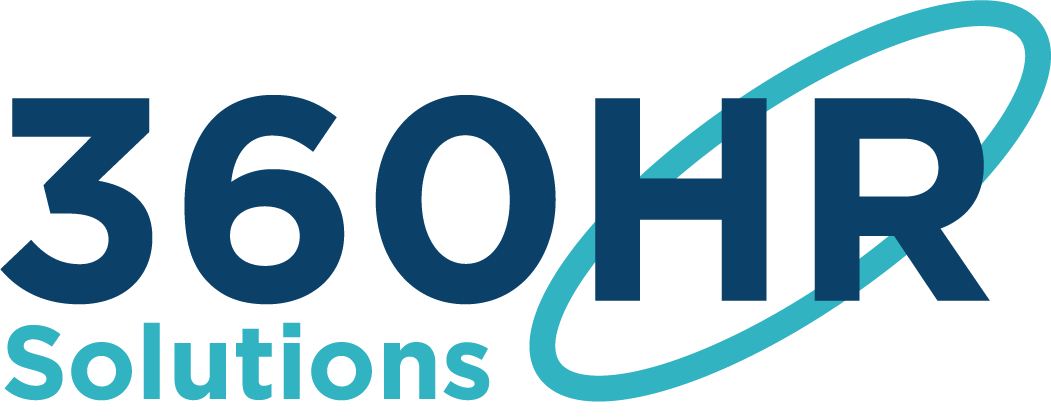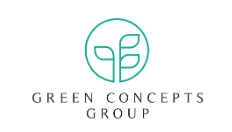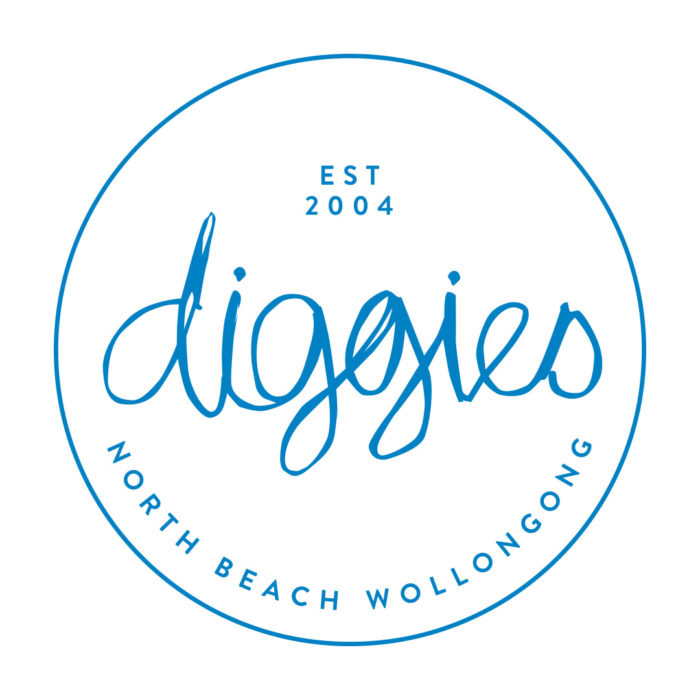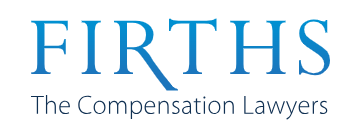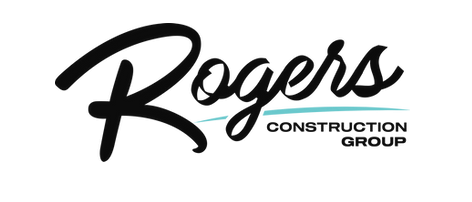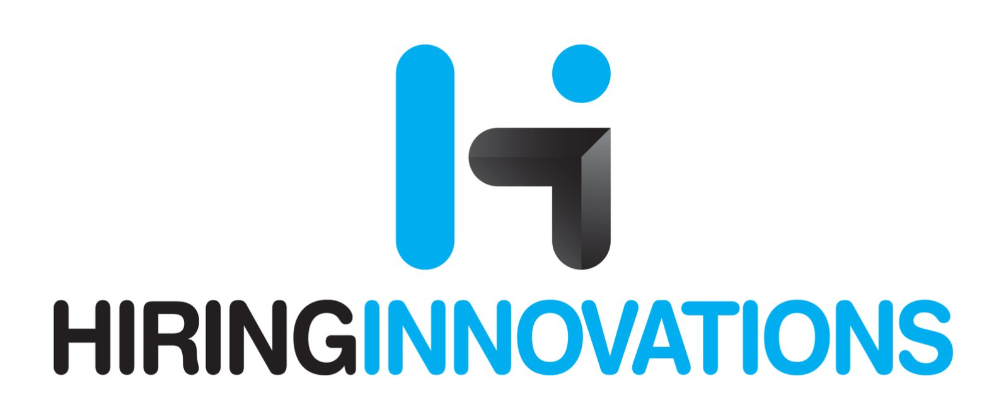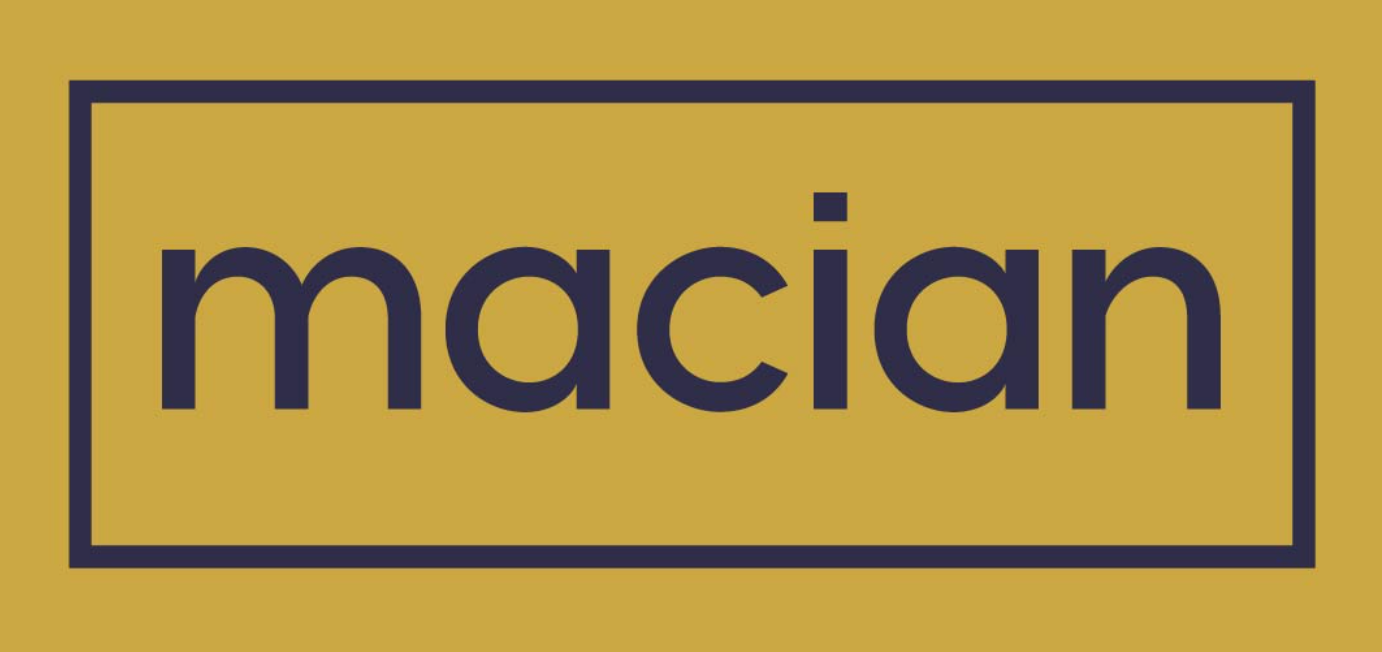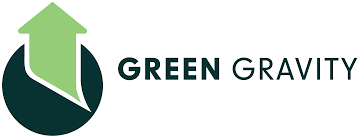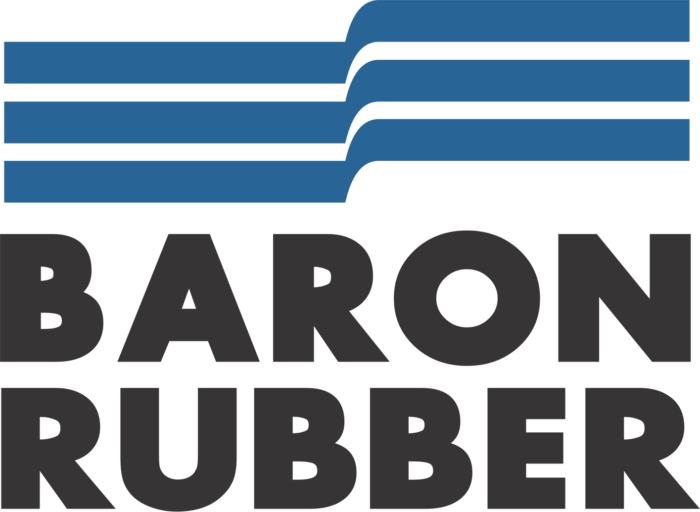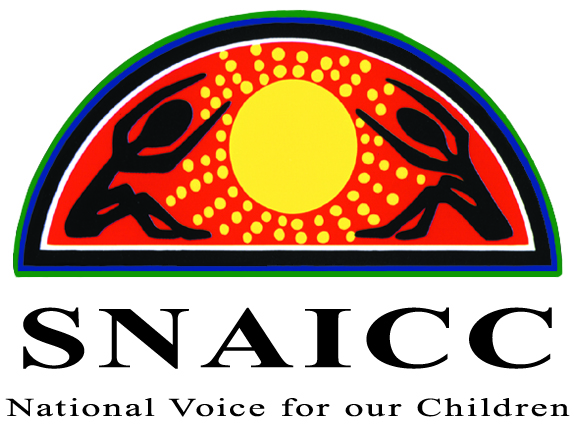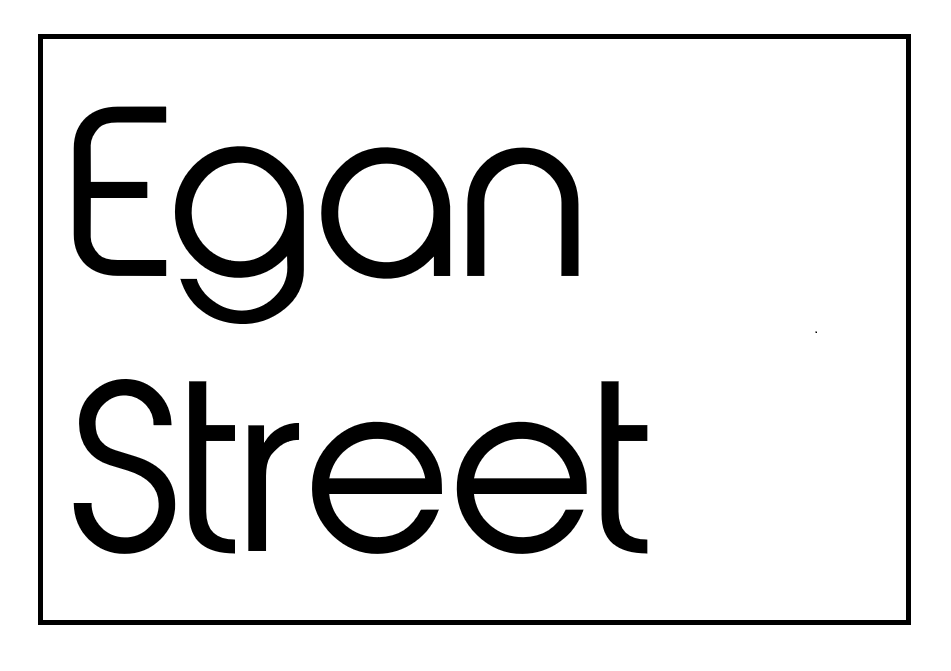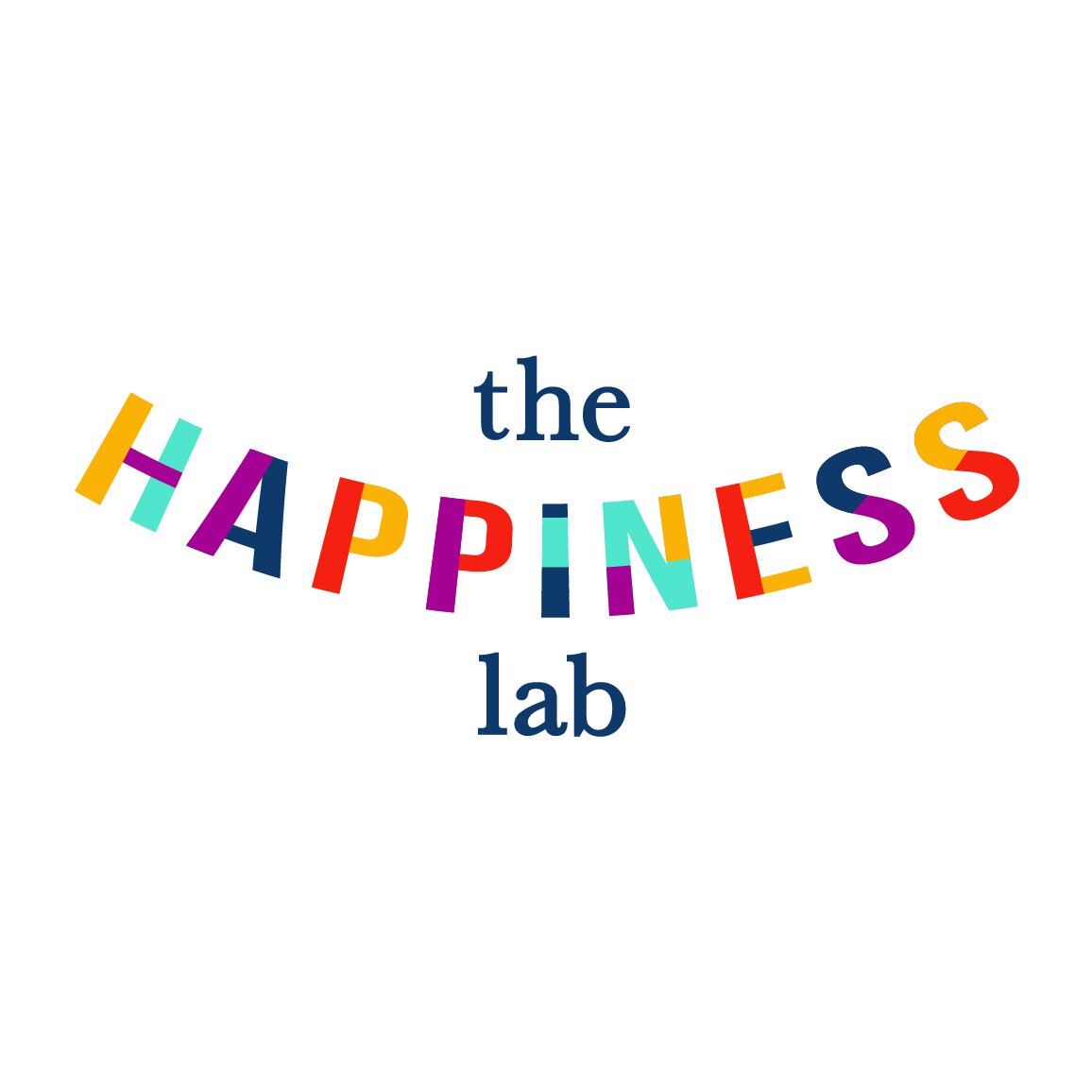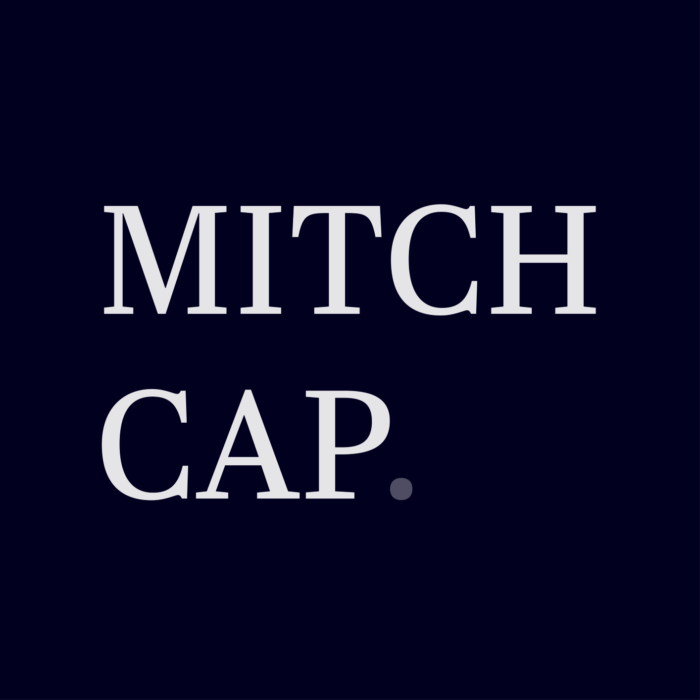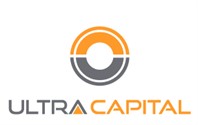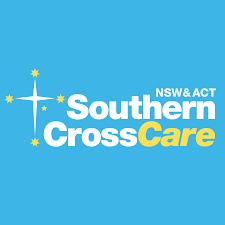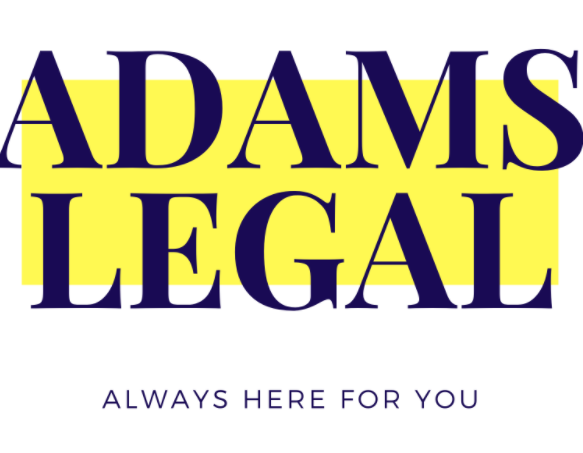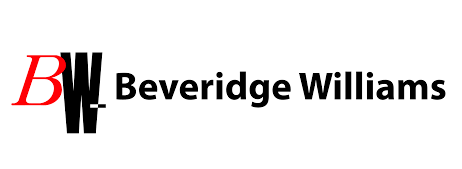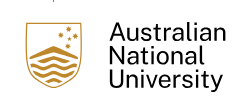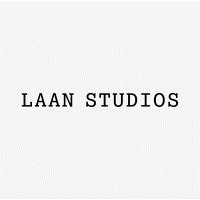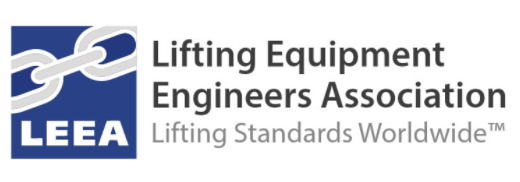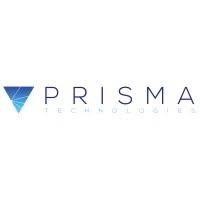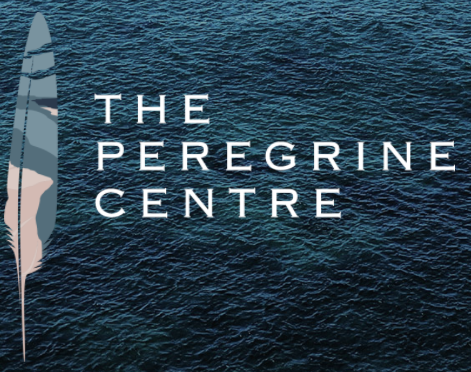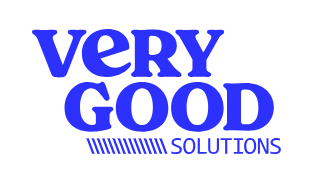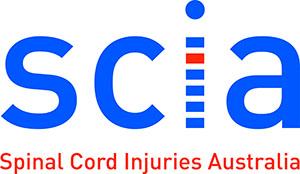National exhibition features indigenous art and wonders of science.
The University of Wollongong’s (UOW) iAccelerate Centre will host a national exhibition that combines the hidden wonders of the microscopic world with the shapes and patterns of Indigenous art.
Stories and Structures – New Connections brings together microscopy and Indigenous art, both of which use images that pass on knowledge and shape understanding of the world.
The artworks explore the parallels between the representations seen in many Indigenous artworks and the microscopic structures hidden in the natural world, revealing unexpected and intriguing similarities.
The exhibition is presented by Microscopy Australia – a collaborative research body that makes advanced microscopes and expertise accessible to all researchers.
Exhibition Curator Dr Jenny Whiting said 21 Indigenous artists from around Australia have participated in the exhibition creating new works that demonstrate a connection between their stories and microscopic images of related parts of our country.
“All the microscopic images were captured on sophisticated electron microscopes in Microscopy Australia’s labs around the country.
“The highly magnified images reveal some of the tiny structures that make up our world, from the cellular, right down to the atomic scale.
“Through visual and storytelling parallels, it aims to engage the public, especially Aboriginal and Torres Strait Islander youth, with science, and to bring a new perspective on Indigenous culture to non-Indigenous Australians.”
iAccelerate, UOW’s business incubator, took the opportunity to host the exhibition as part of its commitment to creating the technologies, communities and jobs of tomorrow through the sharing of knowledge.
iAccelerate CEO Omar Khalifa said the intersection of science and art was a powerful combination that served to inspire innovation and spark the development of successful ideas and enterprises that help address unmet needs and create new opportunities.
“Art has always allowed innovators like Leonardo de Vinci to push the boundaries of imagination and to redefine what is possible – and also what is necessary. Art and science will often mimic and drive each other.
“We also regard the sense of community and our Indigenous heritage as essential to providing the context for how we view innovation, how it is shared and how it is used.
“The exhibit of Stories and Structures represents all of these elements and we are very proud of having the opportunity to have these amazing artworks and pictures here in our building to be enjoyed by everyone in the community.
The exhibition also has a clear link to the University’s plans for Molecular Horizons, a world-leading molecular and life sciences research facility, and part of a suite of transformative technology.
The centrepiece is an advanced microscope that lets scientists see the inner workings of human cells with unprecedented clarity, and will enable new ways of understanding and curing diseases such as motor neurone disease, Alzheimer’s and cancer, as well as tackling health challenges like antimicrobial resistance.
Molecular Horizons Director and exhibition supporter Distinguished Professor Antoine van Oijen said: “Microscopy images can often be aesthetically beautiful but they don’t have much of an audience outside research and academia.
“Combining the images with Indigenous art is a fantastic way for people to see scientific imagery from a different perspective. I live and breathe microscopy and have always thought there’s a neat interplay between the scientific and the artistic.
“Humanity has long wondered what’s out there in terms of the universe, but also what’s in there at much smaller scale and even inside our own bodies.
“Now we have the technology that allows us to explore life and objects at tiny scales, which is revealing new scientific insights as well as unleashing our curiosity and creativity.”
The exhibition opens to the public for six weeks from Wednesday 17 October, viewing hours 10am to 3pm, at the iAccelerate Centre, Innovation Campus, Squires Way, North Wollongong.
